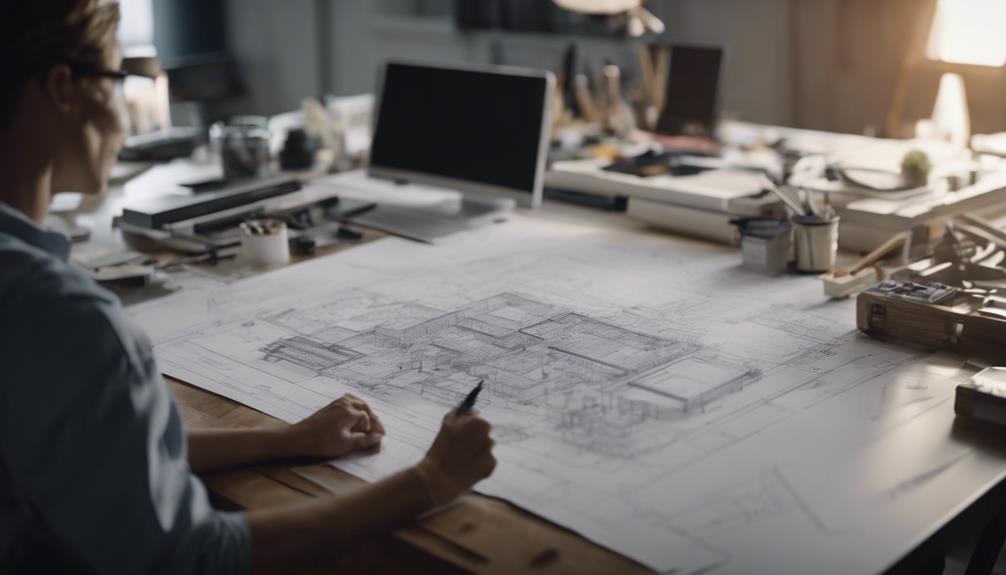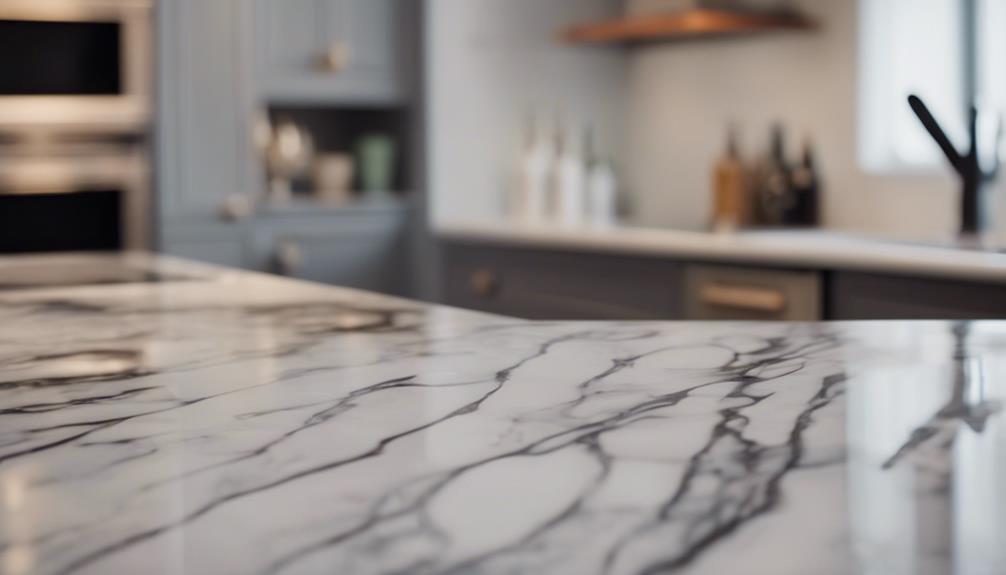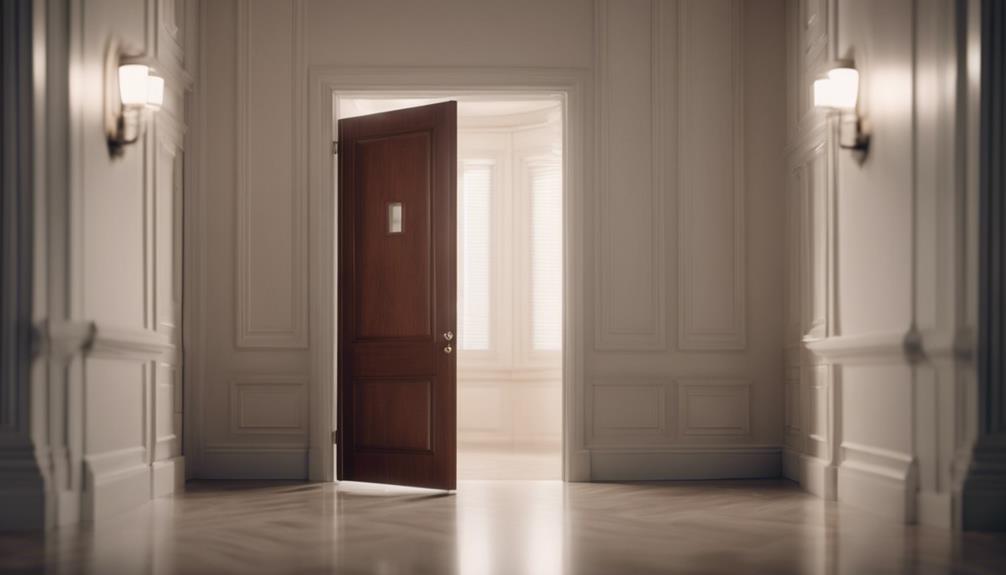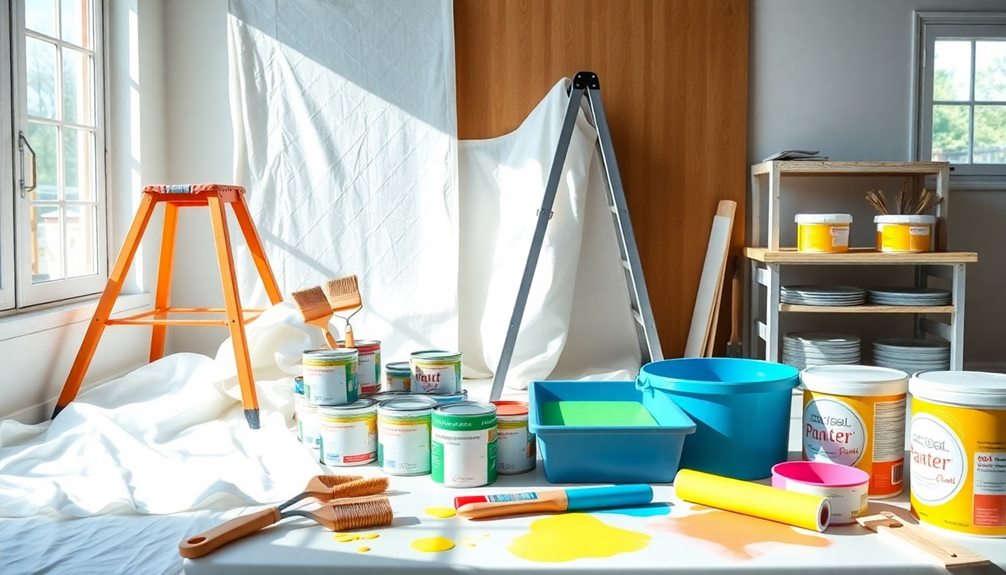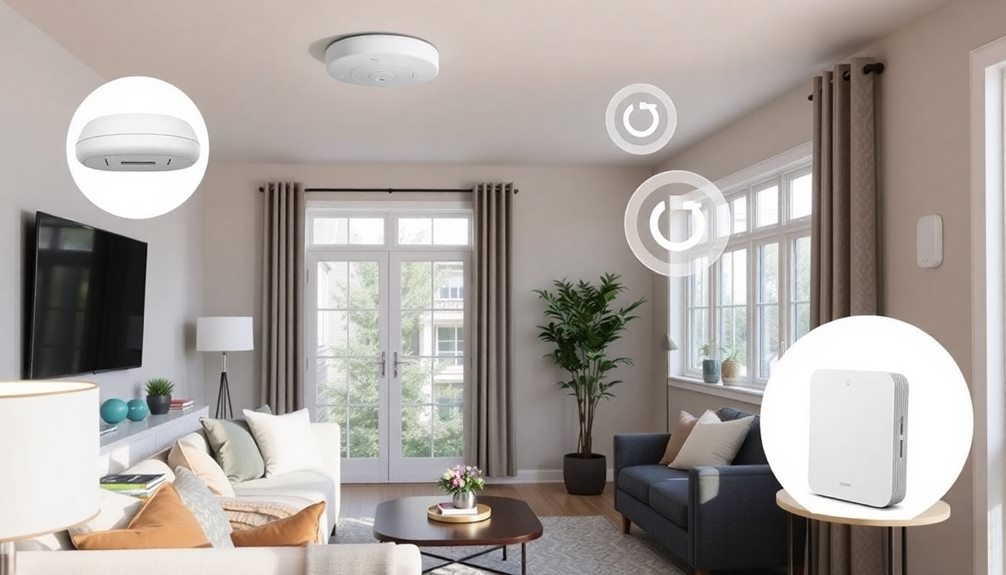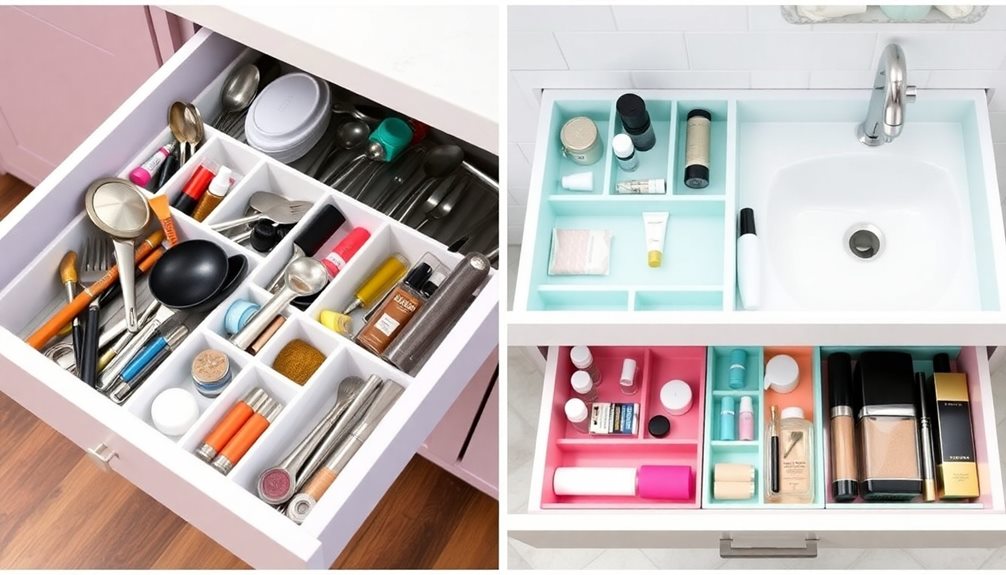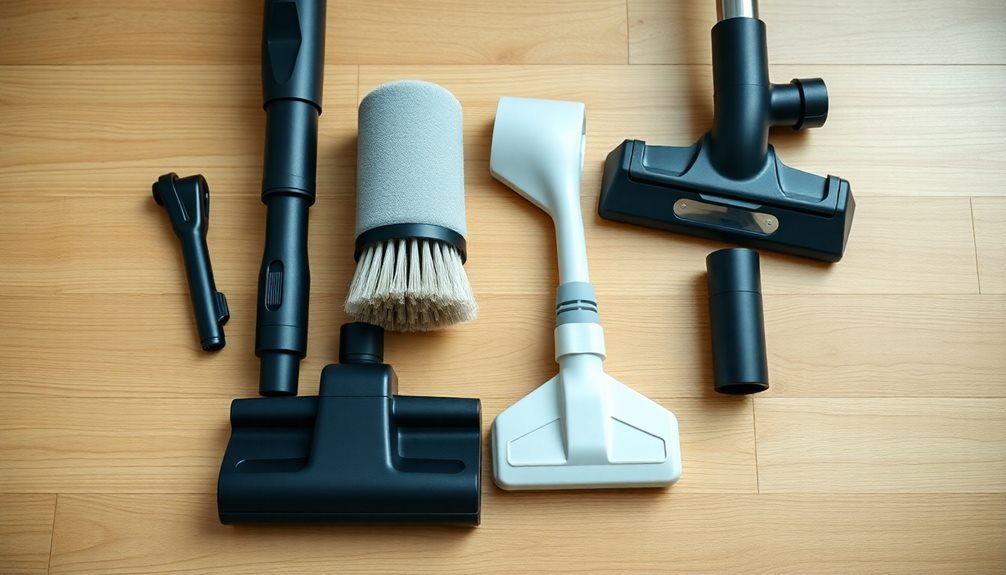You can pursue a career as an architect with an interior design degree! Advancing in this field entails obtaining a Master of Architecture degree, as a bachelor's degree in interior design may not fulfill all the necessary requirements. Mastering architectural principles and acquiring knowledge in building systems are crucial. Practical experience gained in architectural firms, internships, and pursuing postgraduate degrees can help enhance your skills. You may encounter challenges in developing technical skills, but your unique perspective can bring added value to projects. The outlook for your career is promising, as it involves a blend of creativity and technical expertise. To succeed, consider furthering your education, creating a strong portfolio, gaining hands-on experience, networking, and continuously improving your skills. Your journey in architecture presents exciting opportunities!
Key Takeaways
- Completing a Master of Architecture program is typically required for interior designers.
- Additional coursework in architectural theory may be necessary for licensure.
- Understanding architectural principles enhances skills and creativity.
- Practical experience in architectural firms provides valuable hands-on learning.
- Pursuing a postgraduate degree in architecture expands career opportunities.
Overview of Interior Design and Architecture Fields
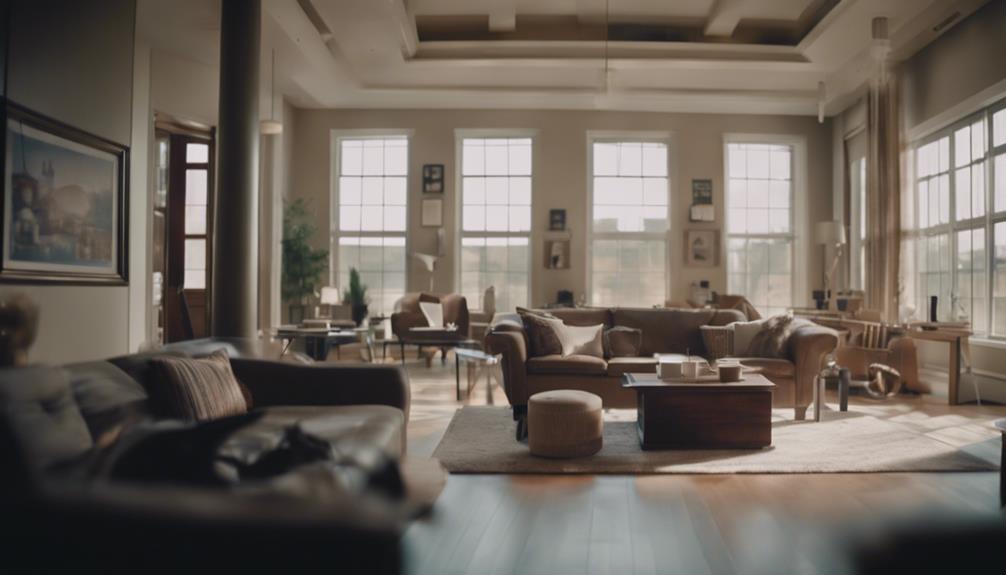
If you're considering a career as an architect with an interior design degree, understanding the close relationship between these fields is essential. Architecture and interior design are interconnected professions that share similar skills and knowledge. Interior designers focus on creating functional and visually appealing interior spaces, while architects are responsible for designing and constructing entire buildings and their surroundings.
Architects collaborate with interior designers to make sure that the interior spaces align with the overall architectural vision. While interior designers work on enhancing the inside of structures, architects oversee the entire design process, from conceptualization to construction. Both professions require a keen eye for detail, creativity, and a strong understanding of spatial relationships.
Educational Requirements for Architectural Transition

To pursue a career in architecture with an interior design degree, you must meet specific educational requirements that typically involve completing a Master of Architecture program. Shifting from interior design to architecture can be a rewarding journey, but it requires dedication and additional study.
While some architecture schools may offer advanced standing for individuals with interior design backgrounds, a Bachelor's degree in interior design may not fully fulfill the educational requirements needed to become a licensed architect. Architectural education explores broader aspects of building design, construction, and technical elements that are essential for aspiring architects.
As architecture students moving from interior design, you may need to undertake additional coursework in architectural theory and practice to bridge the knowledge gap. Embracing this educational challenge will equip you with the skills and expertise necessary to thrive in the dynamic field of architecture.
Stay committed to your learning journey and embrace the opportunities for growth and development along the way.
Importance of Architectural Design Knowledge
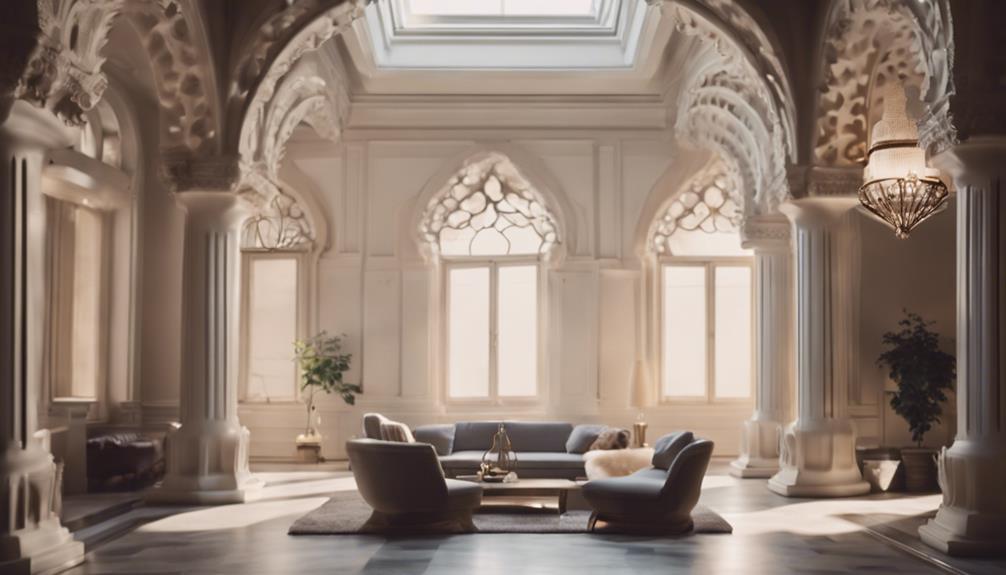
When venturing into the world of architecture with your interior design background, understanding architectural principles becomes essential. This knowledge allows you to seamlessly integrate design processes and create interior spaces that not only look beautiful but also function effectively.
Architectural Principles Understanding
Understanding architectural principles is crucial for interior designers looking to transition into architecture.
By mastering concepts such as structure, form, and function, designers can effectively engage in architectural projects.
Knowledge of architectural design elements enhances skills and enables the creation of cohesive spaces.
Familiarity with architectural drawings and plans is essential for advancing towards licensure as an architect.
This understanding empowers interior designers to contribute significantly to shaping the built environment.
Embracing architectural principles fosters creativity and collaboration, facilitating a deeper exploration of the overlap between interior design and architecture.
Design Process Integration
By incorporating architectural design knowledge into your interior design practice, you enhance the efficiency and effectiveness of the design process. This integration allows you to create spaces that not only look beautiful but also function seamlessly.
Understanding architectural principles gives you a solid foundation to collaborate effectively with architects on projects, bridging the gap between interior and architecture. With this knowledge, you can guarantee that your designs comply with building codes and regulations, avoiding costly mistakes.
The skills acquired through architecture education can bring a new perspective to your interior design projects, elevating their quality and professionalism. By integrating architectural design into your interior practice, you open up a world of possibilities to create cohesive and functional spaces that truly stand out.
Spatial Functionality Importance
Architectural design knowledge plays a pivotal role in ensuring the functionality of interior spaces is optimized to its fullest potential. Understanding how design principles intersect with spatial functionality is key for interior designers with an architectural degree. By integrating architectural concepts into interior design, professionals can create spaces that not only look good but also flow efficiently and serve their intended purpose. Here is a table highlighting the importance of architectural design knowledge in optimizing spatial functionality:
| Importance of Architectural Design Knowledge |
|---|
| Enhances Efficiency of Interior Spaces |
| Integrates Structural Elements effectively |
| Optimizes Layouts for Improved Flow |
| Creates Aesthetic and Functional Designs |
| Improves Usability of Interior Spaces |
Building Systems and Construction Methods
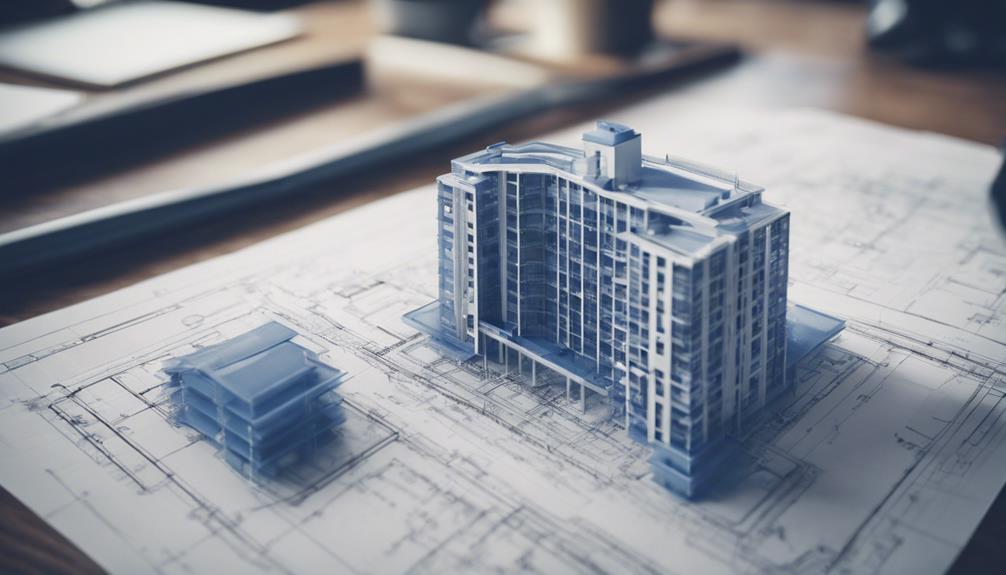
When it comes to being an architect with an interior design degree, understanding building systems and construction methods is essential. Materials and finishes, structural integrity, and sustainability considerations are key points to ponder in this aspect.
Materials and Finishes
Understanding materials and finishes is crucial for interior designers to guarantee the functionality and aesthetics of interior spaces while upholding structural integrity and safety. Interior designers must select materials that align with the design concept and client's needs, ensuring durability and sustainability. By staying informed about new materials and finishes, designers can incorporate innovative solutions into their projects. Below is a table highlighting the importance of materials and finishes in interior design:
| Importance of Materials and Finishes |
|---|
| Enhance functionality and aesthetics |
| Maintain structural integrity and safety |
| Align with design concept and client's requirements |
| Create durable and sustainable spaces |
| Incorporate innovative solutions |
Structural Integrity
To guarantee the structural integrity of interior spaces, interior designers must familiarize themselves with building systems and construction methods. Here are some key points to keep in mind in the Interior Design Program:
- Understanding building systems is essential for ensuring the safety and functionality of interior spaces.
- Knowledge of construction methods allows for effective collaboration with architects and engineers.
- Interior designers can enhance their skills by learning about structural integrity to create harmonious spaces.
- Familiarity with building systems enables professionals to address technical aspects of design projects effectively.
Sustainability Considerations
For interior designers aiming to create sustainable spaces, integrating eco-friendly building systems and construction methods is essential. Sustainability considerations in interior architecture degree programs emphasize reducing environmental impact through the use of green building systems and construction techniques. By focusing on eco-friendly materials and energy-efficient practices, designers can contribute to sustainable design principles in architecture.
Understanding how building systems and construction methods play a vital role in achieving sustainability goals is necessary for architects and interior designers alike. Incorporating these elements not only benefits the environment but also creates healthier and more efficient spaces for occupants.
Gaining Practical Experience in Architectural Firms

Gaining practical experience in architectural firms can greatly enhance an interior designer's skills and knowledge in moving towards architecture. Here are four ways how this experience can benefit you:
- Hands-On Learning: Interning at architectural firms provides firsthand experience in working on architectural projects, giving you practical insights into the field.
- Bridge Between Disciplines: Working on architectural projects within interior design firms helps bridge the gap between interior design and architecture, allowing you to understand the unique aspects of both fields.
- Insightful Collaboration: Collaborating with architects on design projects offers valuable insight into the architectural process, enabling you to learn from experienced professionals in the field.
- Showcasing Skills: Participating in architectural design competitions or projects can showcase your interest and skills in architecture, demonstrating your commitment to pursuing a career in this field.
Pursuing a Postgraduate Degree in Architecture

Considering a postgraduate degree in architecture after completing your interior design studies can greatly expand your career opportunities and enhance your architectural knowledge base. Pursuing a Master of Architecture program following your interior design degree typically takes around 3-4 years. Some NAAB accredited programs offer advanced standing for interior design graduates, making the progression smoother. This advanced degree is essential if you aspire to become a licensed architect, as the Master of Architecture is the only degree that fulfills this requirement.
Throughout a postgraduate architecture program, you'll explore further into professional practice and urban design, broadening your skill set and understanding of architectural principles. Advancing from interior design to architecture through this pathway is quite common and can open doors to a wider range of opportunities in the field. By investing in further education, you demonstrate a commitment to your craft and a willingness to deepen your expertise, qualities that are highly valued in the architecture industry.
Challenges and Opportunities in the Transition

Moving from interior design to architecture presents both challenges and opportunities for professionals in the field. Here are some key points to contemplate during this shift:
- Education and Training: Shifting to architecture may necessitate additional education to establish a strong foundation in architectural principles and practices.
- Technical Skills Development: Architects concentrate on structural design and building systems, so refining skills in technical drawing and understanding building codes is crucial when moving from interior design.
- Comprehensive Design Processes: Architecture programs highlight holistic building design processes, including site analysis and construction management, which differ from the more interior-focused approach of interior design.
- Unique Perspective: Professionals with interior design backgrounds bring a valuable and distinctive viewpoint to architectural projects, offering fresh insights and creativity to the design process.
Career Prospects as an Architect With Interior Design Background

With an interior design background, you enhance your career prospects as an architect, bringing a unique blend of creativity and practicality to architectural projects. Your understanding of spatial relationships and user experience can set you apart in the field of architecture. As an architect with an interior design degree, you have the advantage of being able to design both the interiors and exteriors of structures, offering a holistic approach to your projects.
Having a background in interior design can also open up opportunities in real estate, where your skills in creating cohesive and harmonious spaces within buildings can be highly valued. Your ability to balance aesthetics with functionality can make you a sought-after professional in the field. Shifting from interior design to architecture equips you with a well-rounded skill set that combines artistic vision with technical expertise, allowing you to excel in various aspects of architectural design. By leveraging your interior design background, you can carve out a successful and fulfilling career in the dynamic field of architecture.
Tips for Success in Transitioning to Architecture
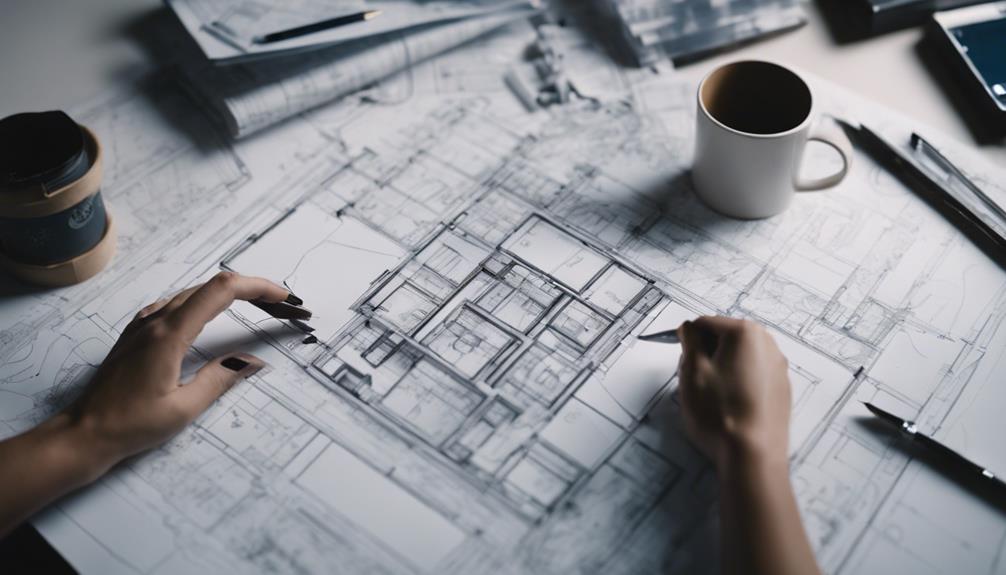
Wondering how to successfully shift from interior design to architecture? Here are some tips to help you navigate this change effectively:
- Consider Further Education: Pursuing a Master of Architecture degree after completing your degree in Interior Design can provide you with the necessary knowledge and skills to become an architect.
- Build a Strong Portfolio: Creating a portfolio showcasing detailed architectural projects can greatly enhance your chances of successfully shifting to architecture.
- Gain Practical Experience: Seek internships or jobs in architecture firms to gain valuable practical experience in the field and familiarize yourself with the day-to-day responsibilities of an architect.
- Network and Seek Mentorship: Networking with architects and seeking mentorship can offer you valuable insights, guidance, and potential opportunities in shifting from interior design to architecture.
Frequently Asked Questions
Can I Be an Architect and an Interior Designer?
Yes, you can be an architect and an interior designer! Combining these roles can offer a versatile skill set for diverse design projects. With an interior design degree and further education in architecture, you can pursue both careers.
Your unique perspective from interior design can enrich your architectural work. Remember, gaining experience and possibly additional qualifications will help you excel in both fields. Embrace the challenge and enjoy the journey of becoming a dual professional!
Who Earns More Interior Designer or Architect?
Architects generally earn more than interior designers due to the scale and complexity of their projects. With larger budgets and higher fees, architects tend to command higher salaries. Factors like experience and project scope impact earnings for both professions.
While interior designers may start with lower salaries, career advancements can lead to increased pay. Overall, architects typically have higher earning potential than interior designers, reflecting the differences in project size and scope.
Can You Study Both Architecture and Interior Design?
Yes, you can study both architecture and interior design! Dual degree programs offer a thorough education in both fields, deepening your understanding of spatial design and building aesthetics.
Graduates with dual degrees may have a competitive edge in the job market, providing more well-rounded and cohesive design solutions.
Is Interior Design Harder Than Architecture?
Interior design and architecture each pose unique challenges.
While interior design requires a keen eye for aesthetics and functionality in smaller spaces, architecture demands a deeper understanding of structural engineering and building systems for larger projects.
Both fields offer rewarding opportunities for creativity and innovation, albeit in different ways.
Your choice between the two may depend on your preference for scale and technicality.
Ultimately, the difficulty lies in mastering the specific skills required for each profession.
Conclusion
Starting a journey from interior design to architecture is like transforming a blank canvas into a masterpiece. With dedication and passion, you can bridge the gap between these two creative fields and discover a world of opportunities.
Remember, the path may be challenging, but the rewards of becoming an architect with an interior design background are endless.
So, go ahead, dream big, and design the future you envision!
